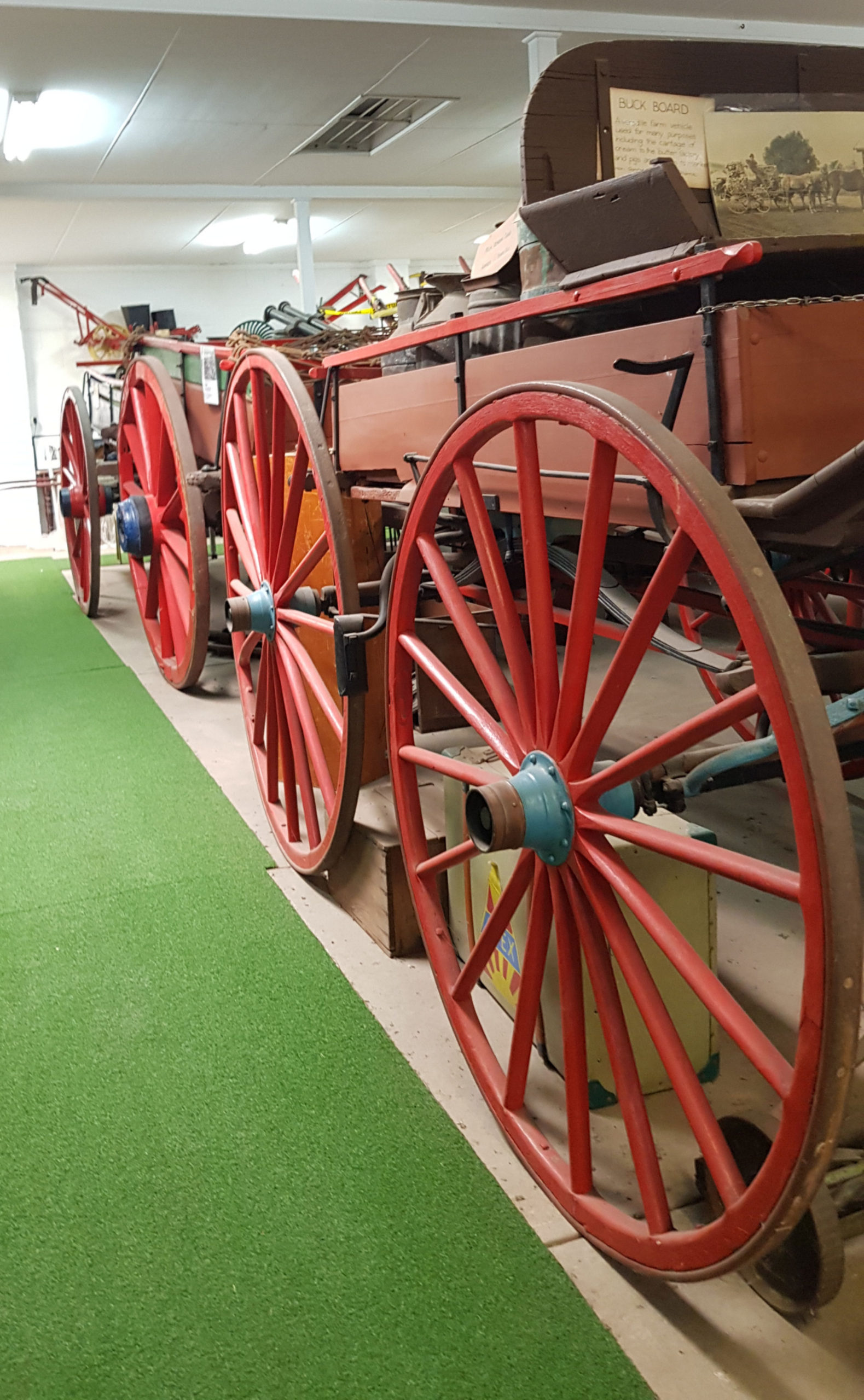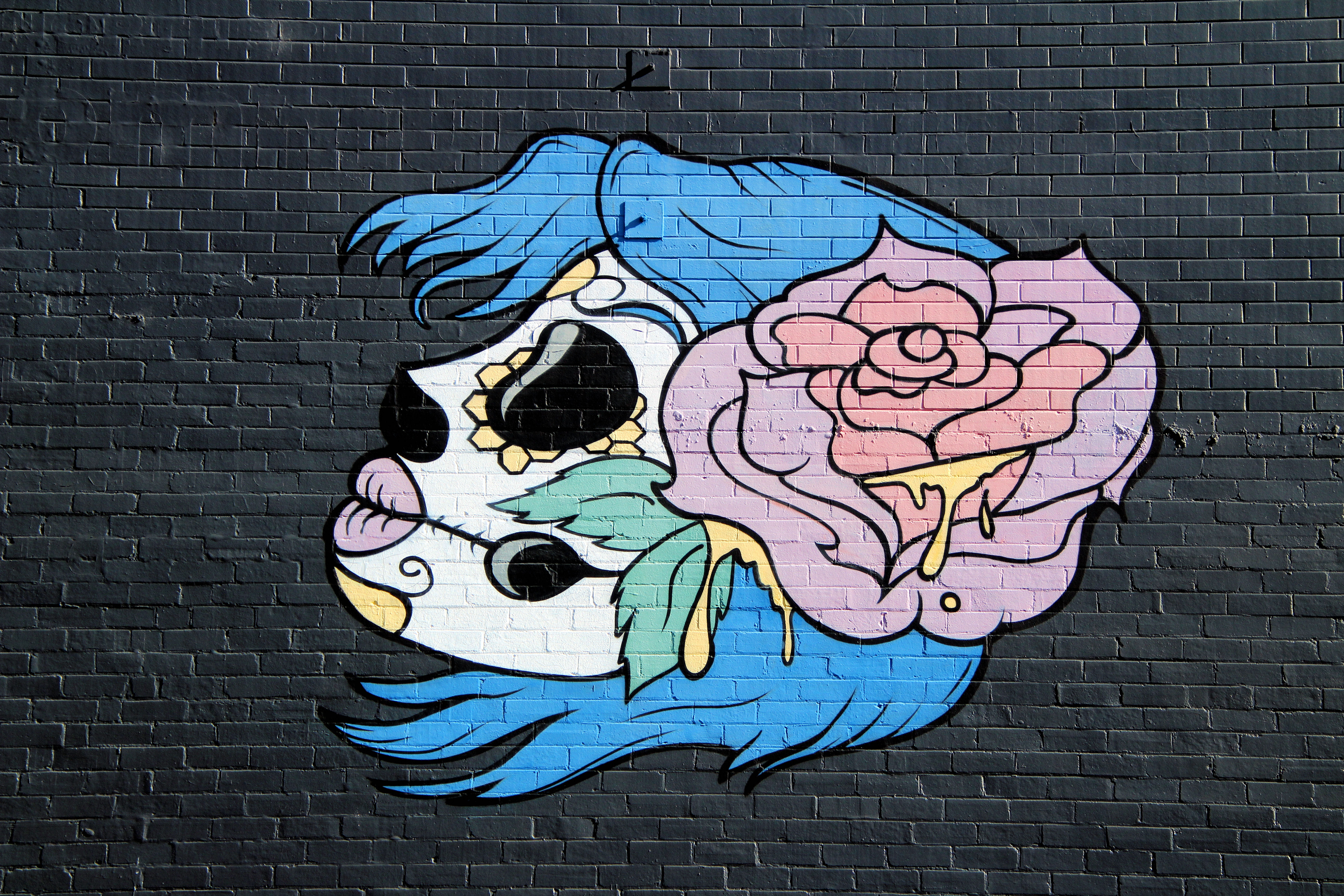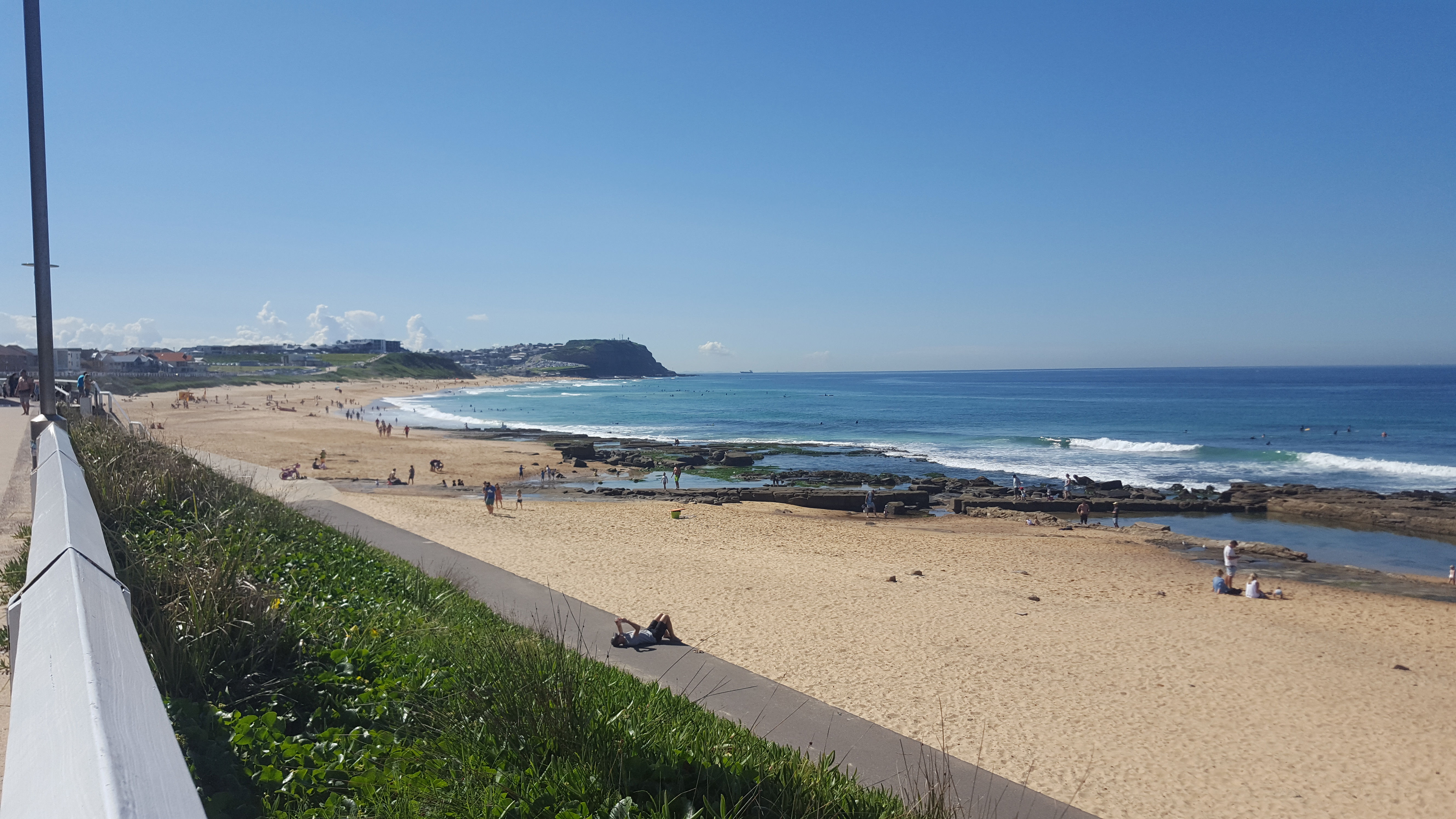Category: Hunter Valley
-
Singleton Museum New South Wales

Singleton Museum Information from the Singleton Historical & Museum Guide. The museum is undergoing renovations. Located in Burdekin Park, the Singleton Museum houses an amazing collection of local artefacts, making it a great place to stop and look around. Staffed by volunteers from the local Historical Society, the museum’s displays are well curated and professionally… Read more
-
Newcastle Street Art

There are several places to find street art in Newcastle, although it is not as widespread as in other cities. In the city centre there is a collection in Morgan and Newcomen streets. Civic Lane near the old Civic Railway Station also has some interesting art works on the backs of some buildings. Further afield,… Read more
-
Newcastle Hunter Valley New South Wales

Newcastle Only 160 km north of Sydney is Newcastle, Australia’s seventh largest city. Located in the heart of the Hunter Region it i has beautiful beaches and a stunning coastline. There are some amazing beaches within an hour’s drive of Newcastle and Port Stephens as well as some world-class wineries in the Hunter Valley. A… Read more